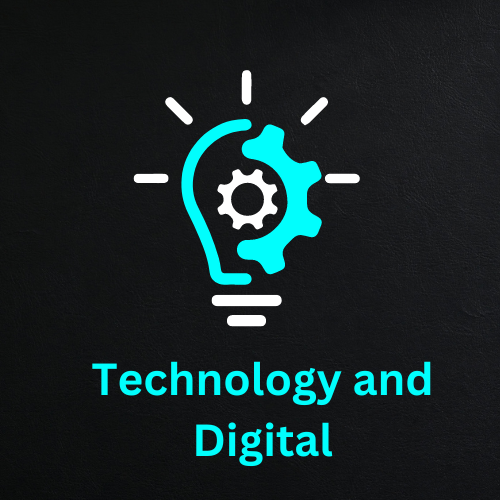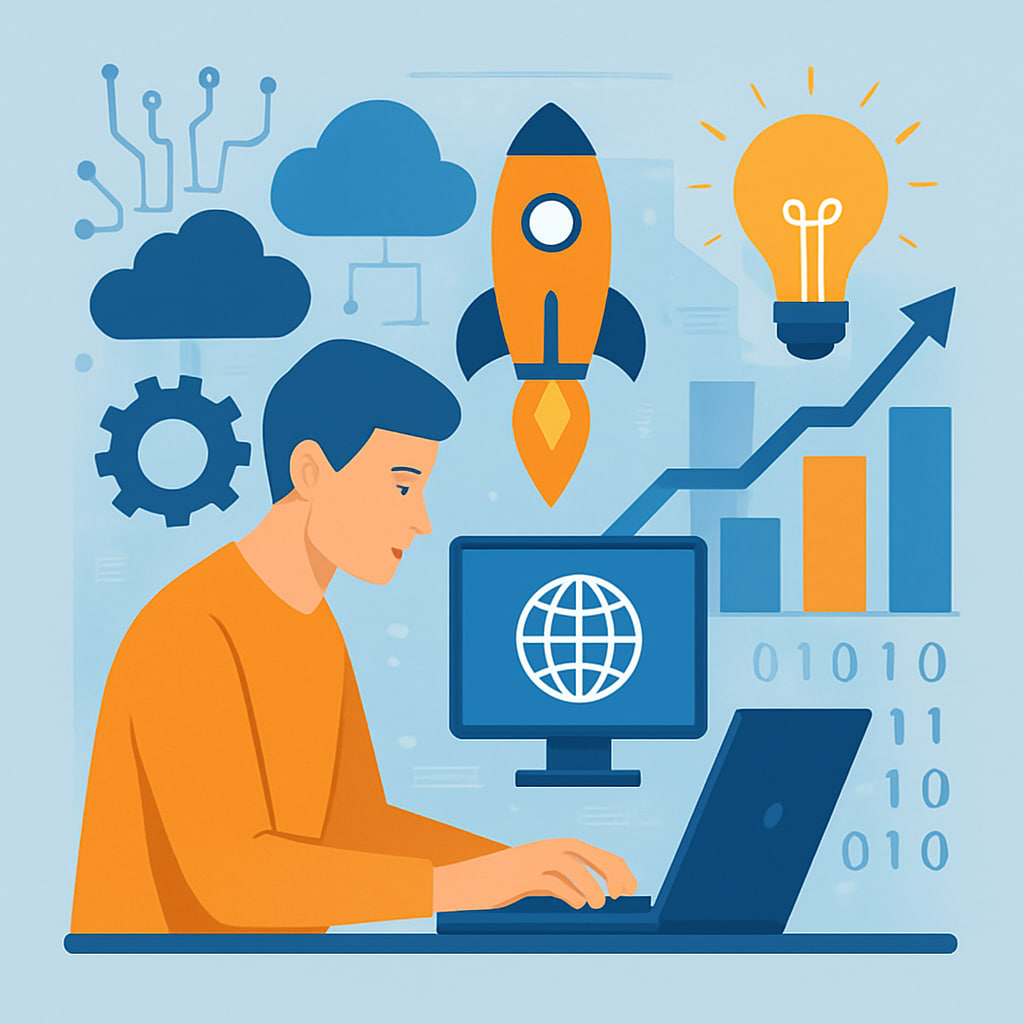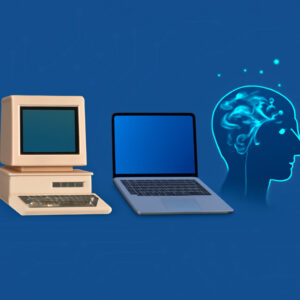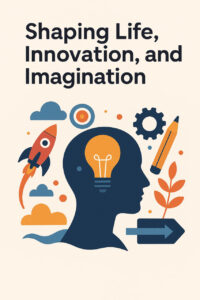How IT Is Driving the Future of Innovation
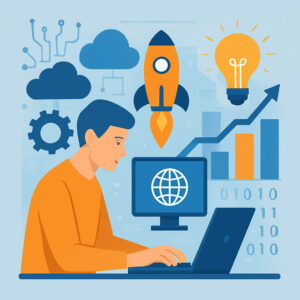
Information Technology (IT) has become the heartbeat of modern innovation, transforming how individuals, businesses, and societies operate. In today’s rapidly evolving digital world, IT is more than just a tool—it is the engine of creativity, efficiency, and problem-solving. From intelligent automation to cloud-based ecosystems, IT shapes the way we live, work, and connect, offering new possibilities that were once unimaginable.
Understanding IT’s Role in Modern Innovation
Innovation in the digital era relies heavily on IT to provide solutions that are faster, smarter, and more scalable. IT integrates data analytics, artificial intelligence, cloud computing, and networking technologies to create environments where ideas can transform into actionable outcomes. Whether it’s developing a new software platform or designing automated manufacturing processes, IT serves as the bridge between conceptual thinking and practical application.
Practical Tip for Organizations:
Start by identifying key processes that can be enhanced through technology, such as data management, customer interaction, or operational workflow. Implementing IT solutions in small, strategic areas allows organizations to measure impact and scale innovation effectively.
IT and Automation: Transforming Efficiency
Automation, powered by IT, has reshaped traditional business models. By leveraging artificial intelligence and machine learning, repetitive tasks are streamlined, freeing up human talent for creative and strategic work. Automated systems not only improve efficiency but also reduce errors and operational costs.
Consider an enterprise utilizing IT-driven automation in supply chain management. Predictive algorithms can forecast inventory needs, reduce waste, and optimize delivery schedules. This ensures that businesses operate sustainably while maintaining high productivity standards.
Practical Tip:
Integrate automation incrementally. Begin with repetitive or error-prone processes to maximize efficiency and allow teams to adapt to new workflows.
Cloud Computing: Enabling Scalable Innovation
Cloud technology is a cornerstone of modern IT-driven innovation. By offering scalable infrastructure, cloud platforms allow organizations to experiment, iterate, and deploy solutions faster than ever before. Cloud computing reduces dependency on physical hardware, enhances collaboration, and provides access to global resources in real-time.
For instance, startups can now deploy software solutions without significant upfront investment in infrastructure. Large corporations can leverage cloud-based analytics to process vast amounts of data, identify trends, and make informed decisions in real time. The cloud is not just storage—it is a catalyst for rapid, agile, and sustainable innovation.
Practical Tip:
Adopt cloud services that align with organizational needs. Focus on platforms that provide analytics, security, and scalability to ensure long-term growth and adaptability.
Data Analytics: Turning Information Into Insight
Data is the raw material of innovation, and IT provides the tools to turn this raw material into actionable insight. Advanced analytics, powered by AI and machine learning, allows organizations to understand patterns, predict trends, and anticipate customer needs. This data-driven approach reduces guesswork, accelerates problem-solving, and supports strategic decision-making.
For example, healthcare organizations use IT-driven analytics to predict patient outcomes, optimize treatment plans, and improve operational efficiency. Similarly, businesses across industries analyze consumer behavior to design products that align with evolving preferences. The power of IT lies in transforming vast streams of data into meaningful strategies that fuel innovation.
Practical Tip:
Invest in robust data analytics tools and train teams to interpret results effectively. Understanding how to leverage data insights is critical for sustainable innovation.
IT and Connectivity: The Internet of Innovation
The ability to connect devices, systems, and people in real time has created unprecedented opportunities for innovation. The Internet of Things (IoT) exemplifies how IT connects physical and digital worlds. Smart devices communicate seamlessly, gather information, and adjust behaviors autonomously. This connectivity enhances operational efficiency, reduces resource waste, and allows for predictive maintenance and optimization.
Consider smart factories where machines monitor their own performance, flag issues before they occur, and adjust processes automatically. Or smart cities where traffic, energy, and water systems interact to improve urban living standards. IT-driven connectivity ensures that innovation is proactive, adaptive, and responsive to the environment.
Practical Tip:
Explore IoT solutions relevant to your operations. Start with critical areas such as energy management, security, or production monitoring to realize tangible benefits.
The Emotional and Human Impact of IT-Driven Innovation
Beyond efficiency and scalability, IT-driven innovation deeply impacts human experience. It creates opportunities to enhance lives, improve accessibility, and support well-being. Technology, when applied thoughtfully, empowers individuals to solve complex problems, connect with global communities, and pursue creativity in ways that were previously impossible.
Imagine a classroom where digital platforms personalize learning for each student, or a healthcare system where remote monitoring allows patients to receive timely care. IT doesn’t just drive productivity—it humanizes experiences, making everyday life more meaningful and connected.
Reflection for Readers:
How does your organization or daily life leverage technology to innovate or improve outcomes? Even small adjustments can create significant positive effects over time.
Challenges in IT-Driven Innovation
Despite the promise of IT, innovation is not without obstacles. Cybersecurity risks, data privacy concerns, and infrastructure costs remain key challenges. Overreliance on technology can lead to vulnerabilities, and poorly implemented IT solutions may hinder rather than enhance performance.
Organizations must balance innovation with responsibility. Implementing strong security measures, ensuring compliance with regulations, and fostering digital literacy within teams are essential steps to overcoming these challenges. In essence, sustainable innovation requires both technological expertise and strategic foresight.
Practical Tip:
Adopt a proactive approach to security and compliance. Regularly update systems, conduct risk assessments, and provide team training to ensure safe and effective use of IT resources.
Looking Ahead: The Future of IT and Innovation
As 2025 unfolds, IT continues to redefine the boundaries of innovation. Emerging technologies such as quantum computing, AI-driven automation, and edge computing promise to accelerate progress and unlock new possibilities. Organizations that embrace IT as a strategic driver of innovation will remain agile, competitive, and relevant in a world of constant change.
Ultimately, the role of IT is not only to improve processes or products—it is to amplify human potential, enabling individuals and organizations to create solutions that are faster, smarter, and more sustainable. The journey of innovation is ongoing, and IT is the guiding force that ensures it is both purposeful and transformative.
Conclusion: Embracing IT for a Better Future
The role of IT in shaping innovation is profound, far-reaching, and deeply human. From enhancing efficiency and connectivity to enabling sustainability and personalized solutions, IT empowers creativity, strategy, and problem-solving. In embracing IT, organizations and individuals are not only keeping pace with technological advancement—they are defining it, making innovation accessible, impactful, and meaningful.
Call to Action: How is your organization or daily life leveraging IT to innovate? Share your insights and experiences in the comments below to inspire a global conversation about technology, creativity, and the future of progress.
